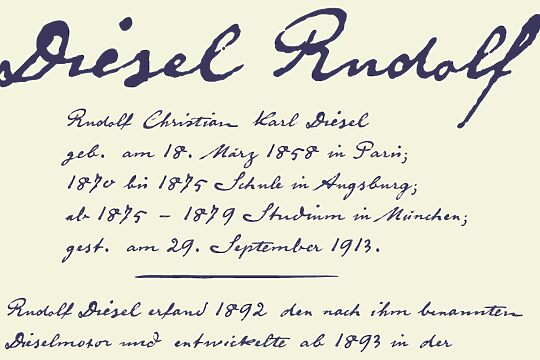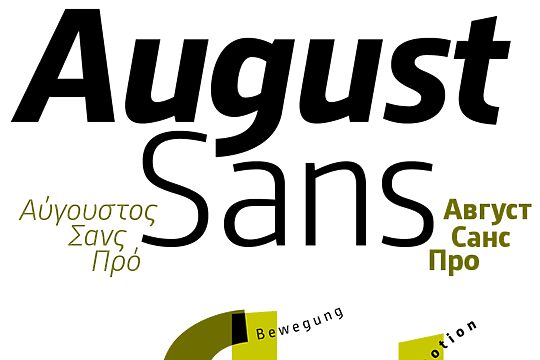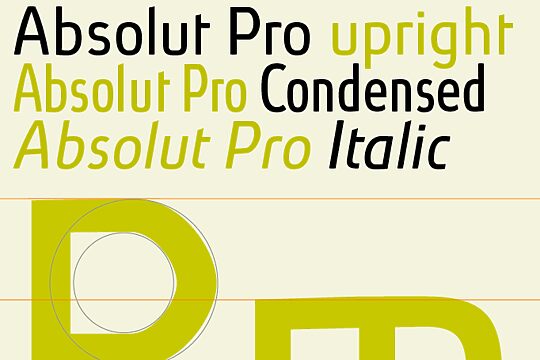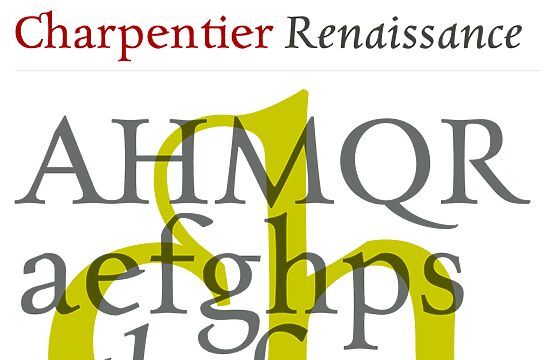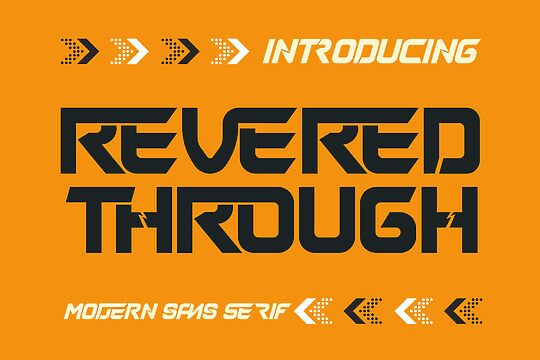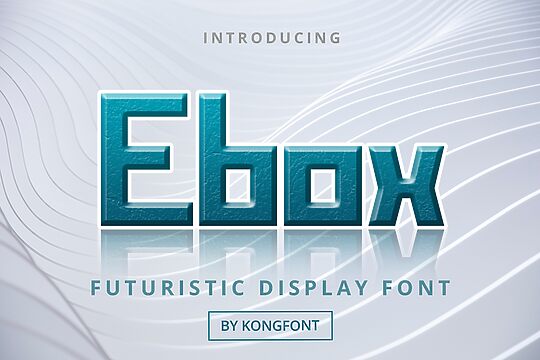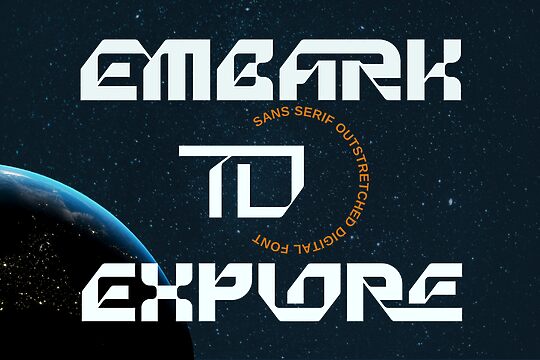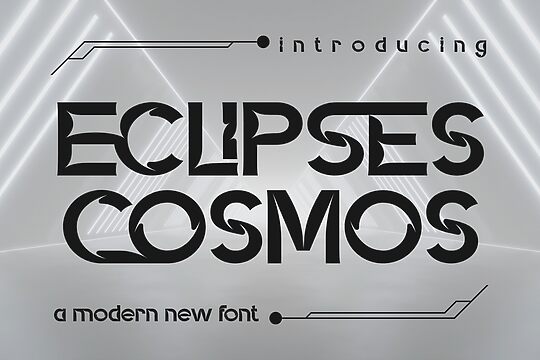
Description
Fundstueck font family is true to its name – a truly rare and spectacular find. Designed as part of a high school project, the font was inspired by letters on the leftover slabs of memorial stones. Honoring the artisan’s indelible work on the Campbell Tombstones, this font preserves the memory of the skilled work that may otherwise go to waste or be forgotten. Bold, modern, and geometric, Fundstueck is a free font, built with care and precision.
Supporting users over various design needs, Fundstueck can be used for branding, logos, magazine or newspaper headlines, posters, book covers, and apparel. Its inspiration from personal and historical memories combined with an elementary basis provides a unique and modern edge to the composition.
The font is available as freeware. For commercial use, consider purchasing a license.
Supporting users over various design needs, Fundstueck can be used for branding, logos, magazine or newspaper headlines, posters, book covers, and apparel. Its inspiration from personal and historical memories combined with an elementary basis provides a unique and modern edge to the composition.
The font is available as freeware. For commercial use, consider purchasing a license.
Author's note
Inspired by a rusty piece of metal, a coarse but decorative font was created.
Fonts can be so simple. That is what I was thinking as my attention was turned to this rusty piece of metal. Only a few centimeters in size, I couldn't imagine which purpose it might truly serve. But my eyes also saw an E, even a well-proportioned E: a width to height ratio of approximately 2/3, black and fine strokes with a 1/2 proportion - could I create more characters on this basis?
I thought it, and did it. The form is based on a 5mm unit.
The strikingly thick middle stroke of E suggests that the emphasis is not necessarily placed on the typical stroke, and likewise with the other characters. But if the font is going to be somewhat legible, then you cannot leave out slanted strokes completely. Eventually, I found enough varying solutions for all letters of the alphabet and figures.
A font designed in this way doesn't really have to be extremely legible, which is why I forwent creating lower case letters.
Nevertheless, Fundstueck still contains some diverse forms in the layout of upper and lower case letters. Thus, the typeface is a bit richer in variety.
Fundstueck includes only the alphabet and the usual Western European accents (without the Scandinavian).
Only the most necessary punctuation is included.
The lower letters with accents and umlauts stay between the baseline and cap height. And with that, you get wonderful ribbon-type lines.
Fonts can be so simple. That is what I was thinking as my attention was turned to this rusty piece of metal. Only a few centimeters in size, I couldn't imagine which purpose it might truly serve. But my eyes also saw an E, even a well-proportioned E: a width to height ratio of approximately 2/3, black and fine strokes with a 1/2 proportion - could I create more characters on this basis?
I thought it, and did it. The form is based on a 5mm unit.
The strikingly thick middle stroke of E suggests that the emphasis is not necessarily placed on the typical stroke, and likewise with the other characters. But if the font is going to be somewhat legible, then you cannot leave out slanted strokes completely. Eventually, I found enough varying solutions for all letters of the alphabet and figures.
A font designed in this way doesn't really have to be extremely legible, which is why I forwent creating lower case letters.
Nevertheless, Fundstueck still contains some diverse forms in the layout of upper and lower case letters. Thus, the typeface is a bit richer in variety.
Fundstueck includes only the alphabet and the usual Western European accents (without the Scandinavian).
Only the most necessary punctuation is included.
The lower letters with accents and umlauts stay between the baseline and cap height. And with that, you get wonderful ribbon-type lines.
